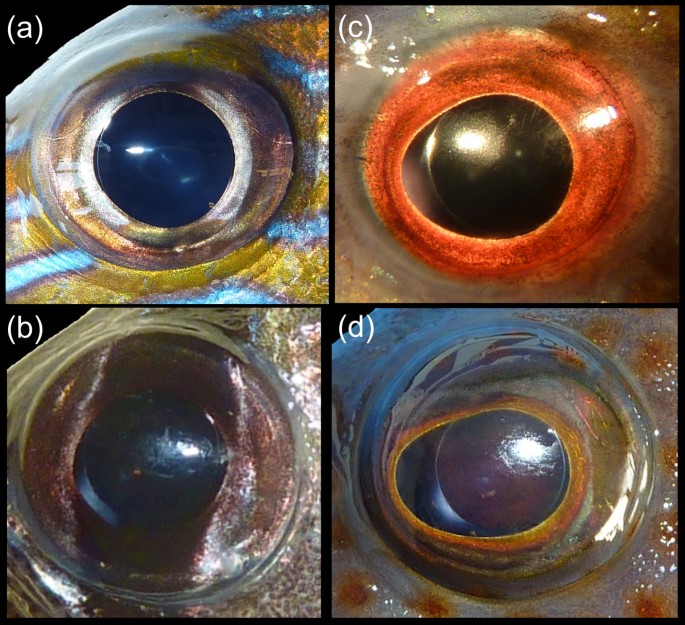
Background Ambient light levels are often considered to drive the evolution of eye form and function. Diel activity pattern is the main mechanism controlling the visual environment of teleost reef fish, with day-active (diurnal) fish active in well-illuminated conditions, whereas night-active (nocturnal) fish cope with dim light. Physiological optics predicts several specific evolutionary responses to dim-light vision that should be reflected in visual performance features of the eye. Results We analyzed a large comparative dataset on morphological traits of the eyes in 265 species of teleost reef fish in 43 different families. The eye morphology of nocturnal reef teleosts is characterized by a syndrome that indicates better light sensitivity, including large relative eye size, high optical ratio and large, rounded pupils. Improved dim-light image formation comes at the cost of reduced depth of focus and reduction of potential accommodative lens movement. Diurnal teleost reef fish, released from the stringent functional requirements of dim-light vision have much higher morphological and optical diversity than nocturnal species, with large ranges of optical ratio, depth of focus, and lens accommodation. Conclusions Physical characteristics of the environment are an important factor in the evolution and diversification of the vertebrate eye. Both teleost reef fish and terrestrial amniotes meet the functional requirements of dim-light vision with a similar evolutionary response of morphological and optical modifications. The trade-off between improved dim-light vision and reduced optical diversity may be a key factor in explaining the lower trophic diversity of nocturnal reef teleosts.
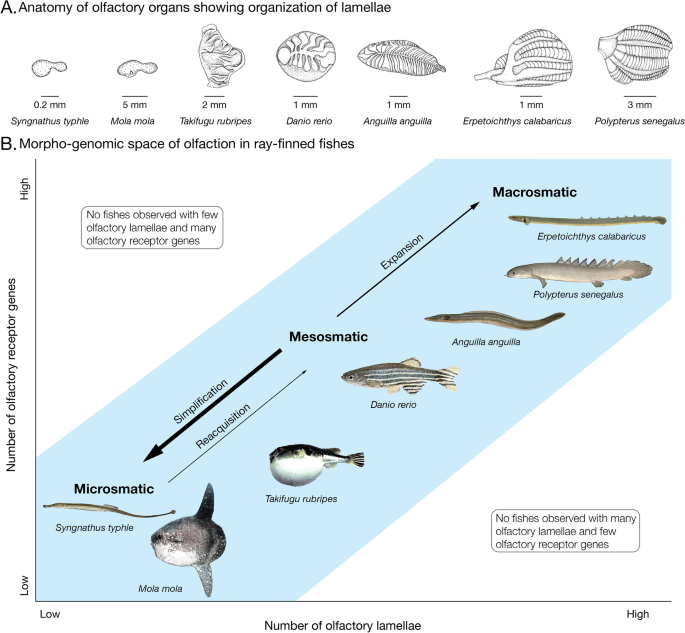
Coevolution of the olfactory organ and its receptor repertoire in
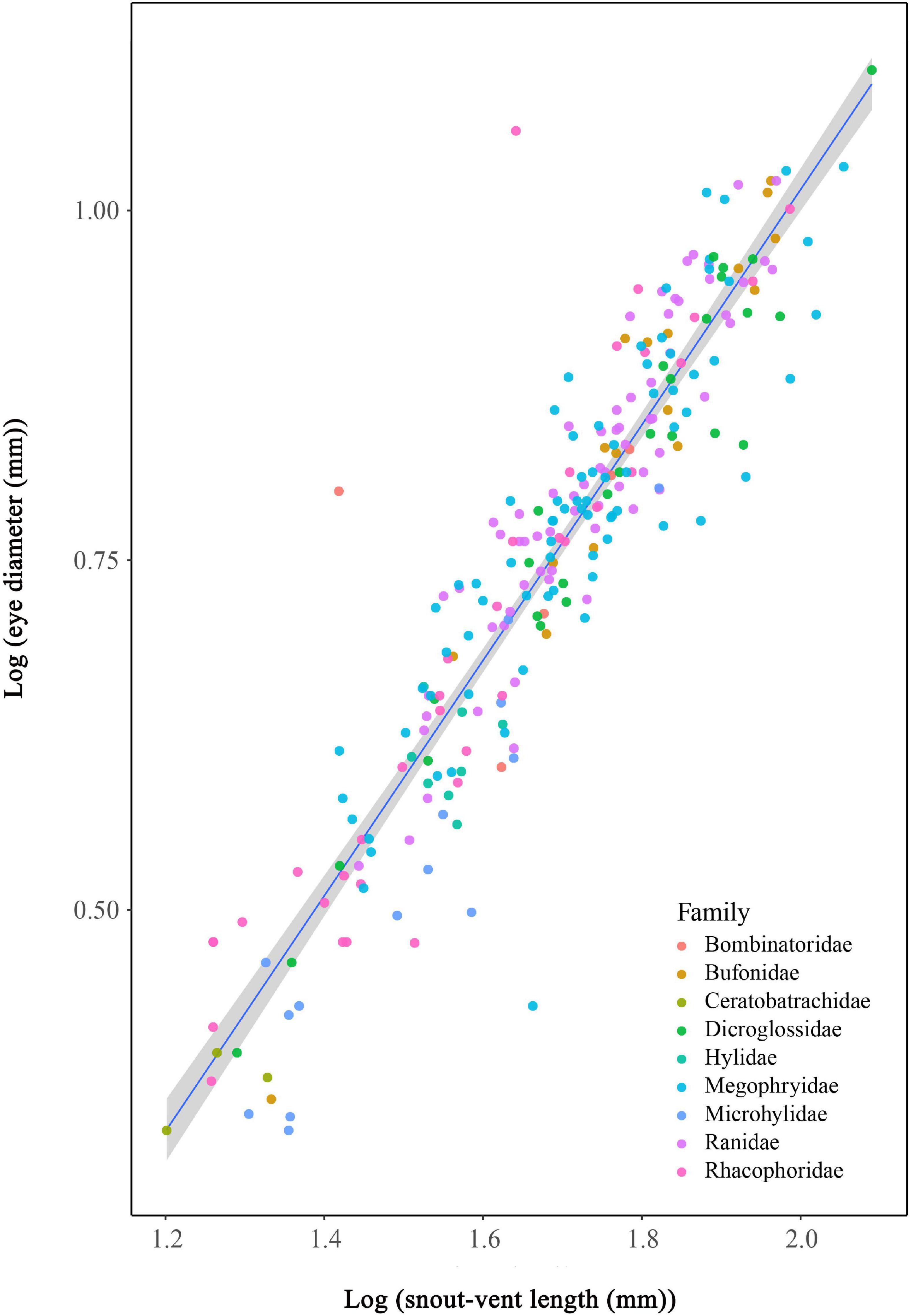
Frontiers No Evidence for Effects of Ecological and Behavioral

eyes – Wainwright Lab

Colours and colour vision in reef fishes: Past, present and future

The visual ecology of Holocentridae, a nocturnal coral reef fish

Frontiers First Record of the Silverspot Squirrelfish
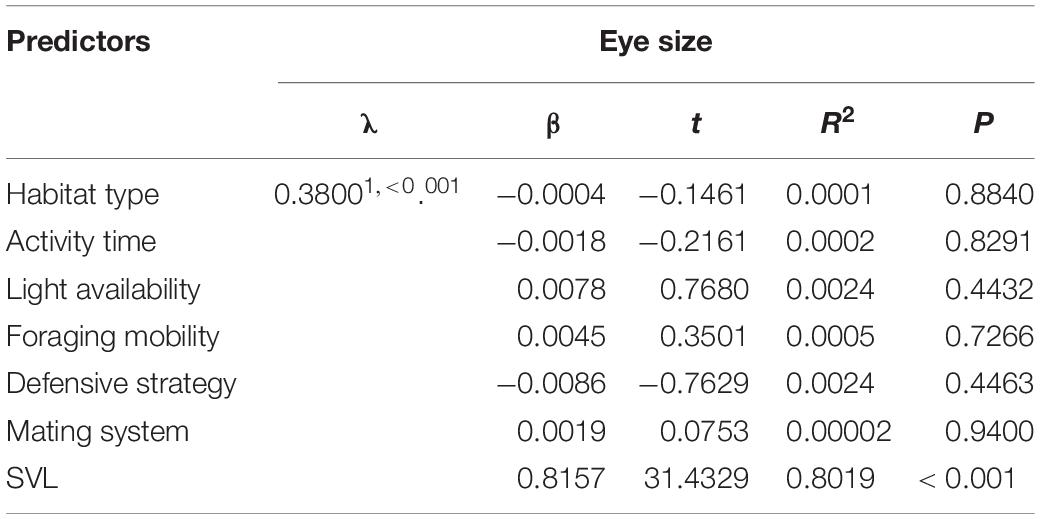
Frontiers No Evidence for Effects of Ecological and Behavioral
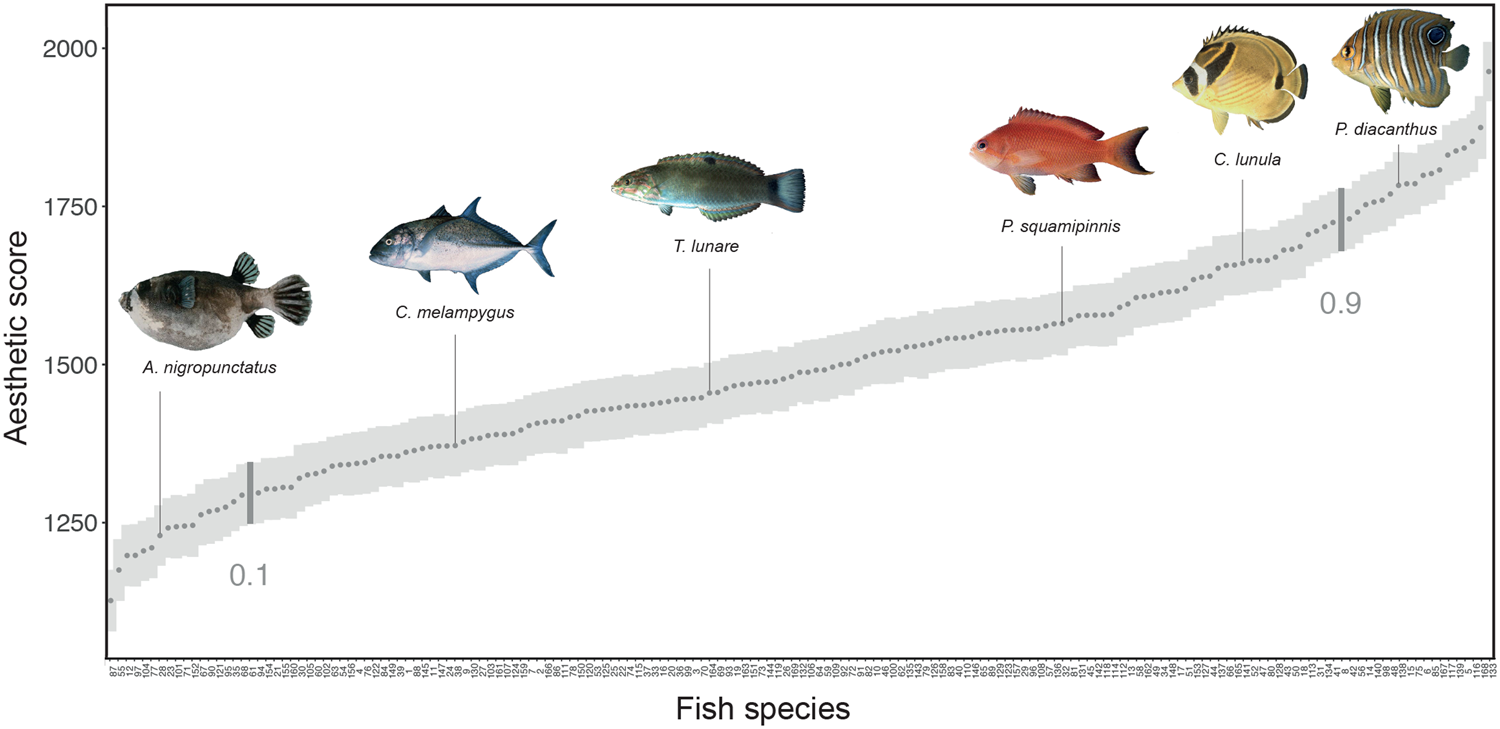
Confronting species aesthetics with ecological functions in coral

PDF) The visual ecology of Holocentridae, a nocturnal coral reef
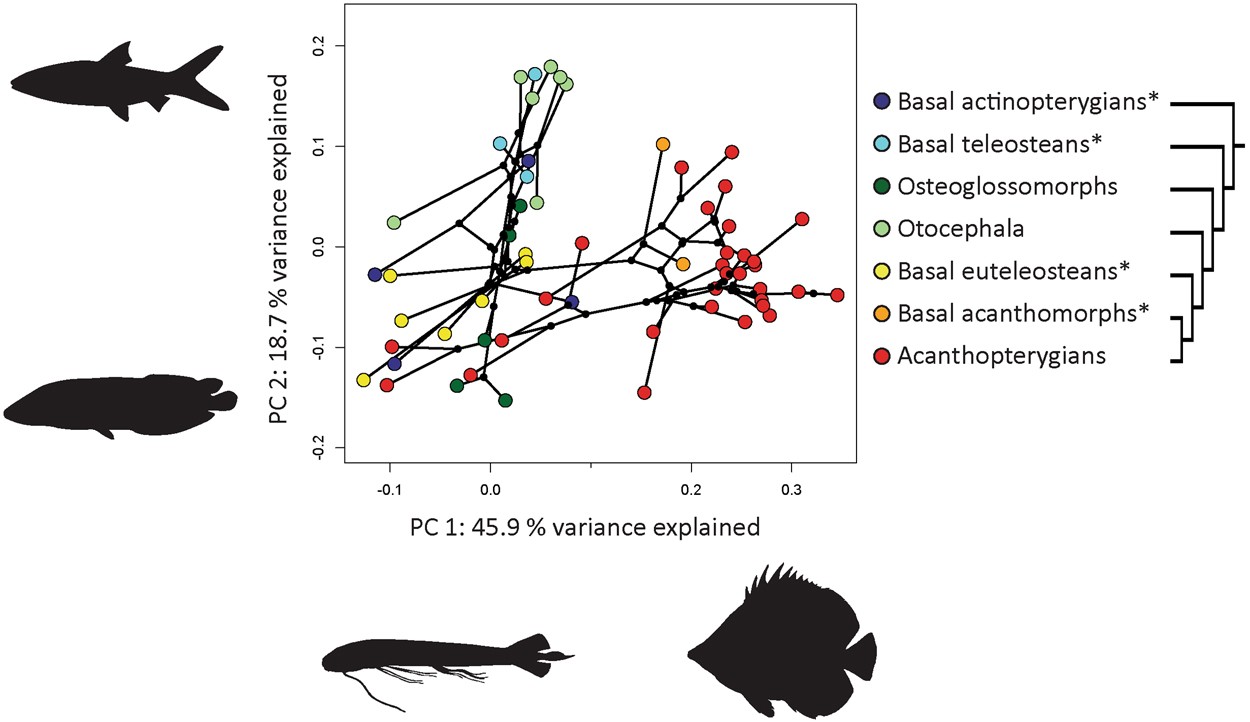
Modularity promotes morphological divergence in ray-finned fishes

PDF) The role of nocturnal fishes on coral reefs: A quantitative